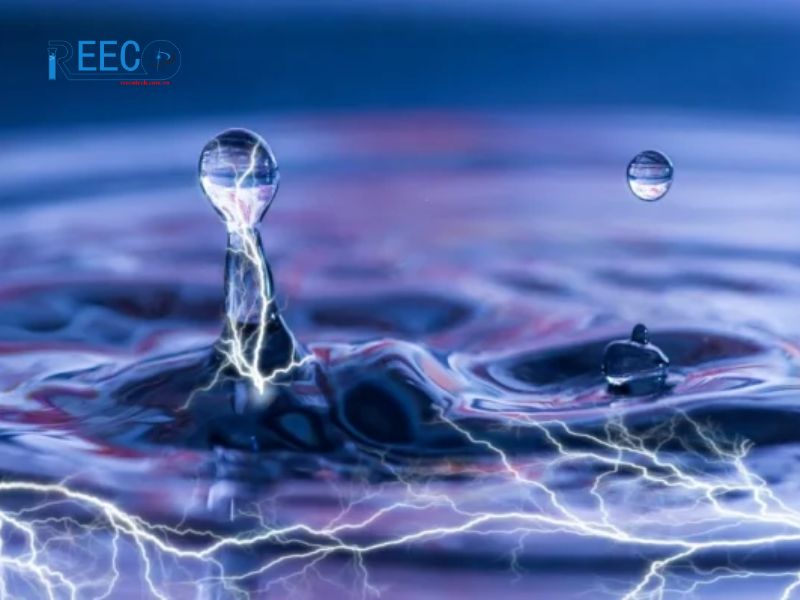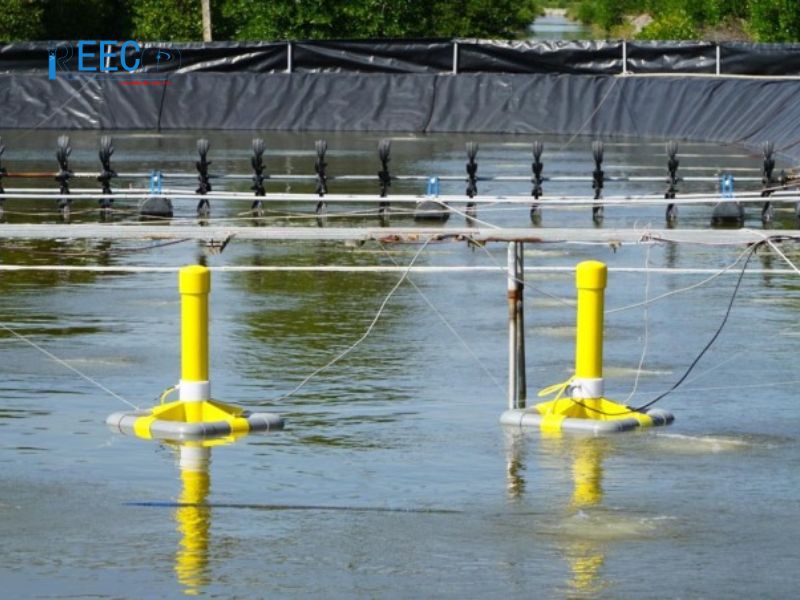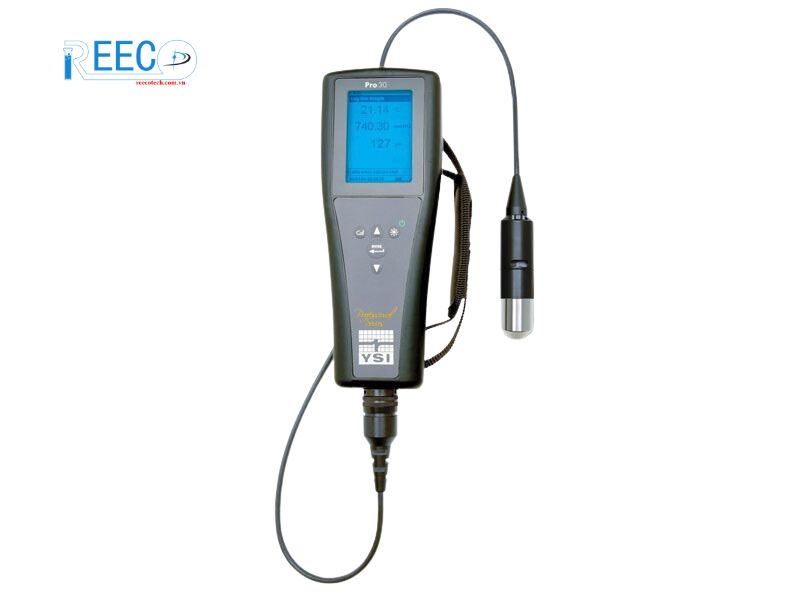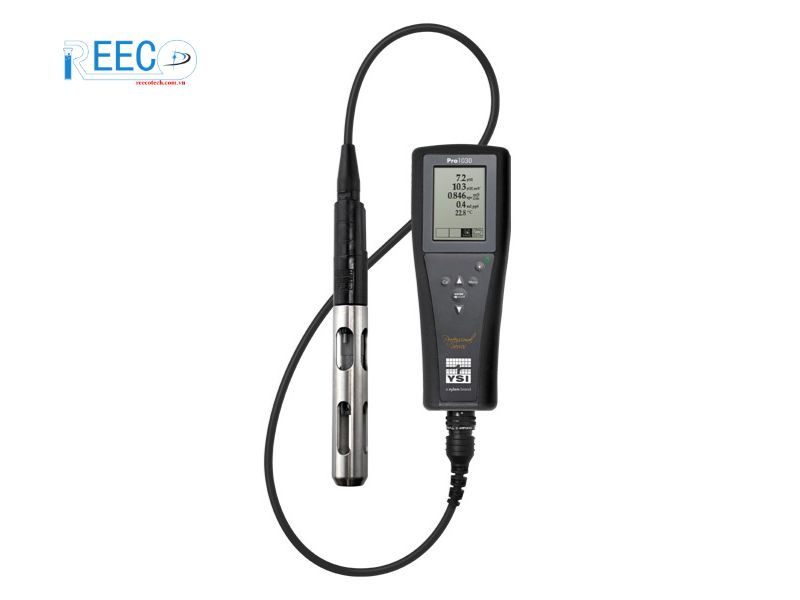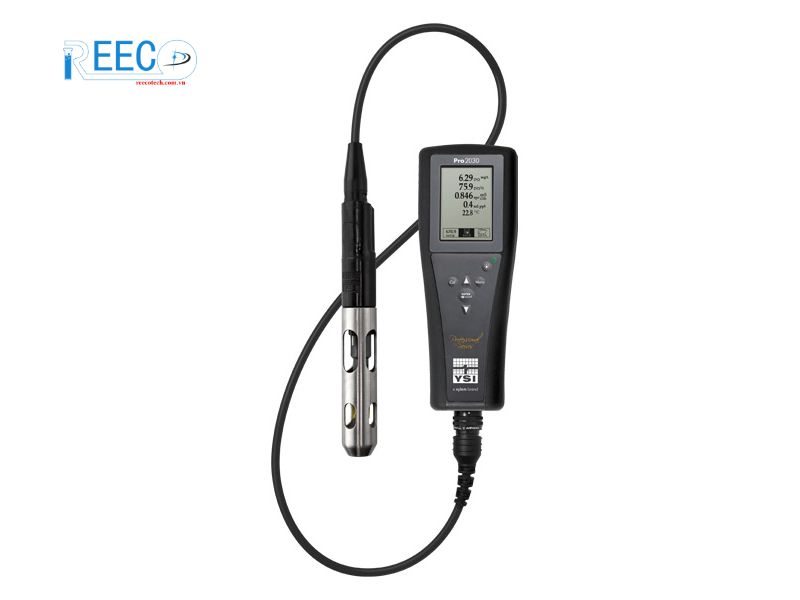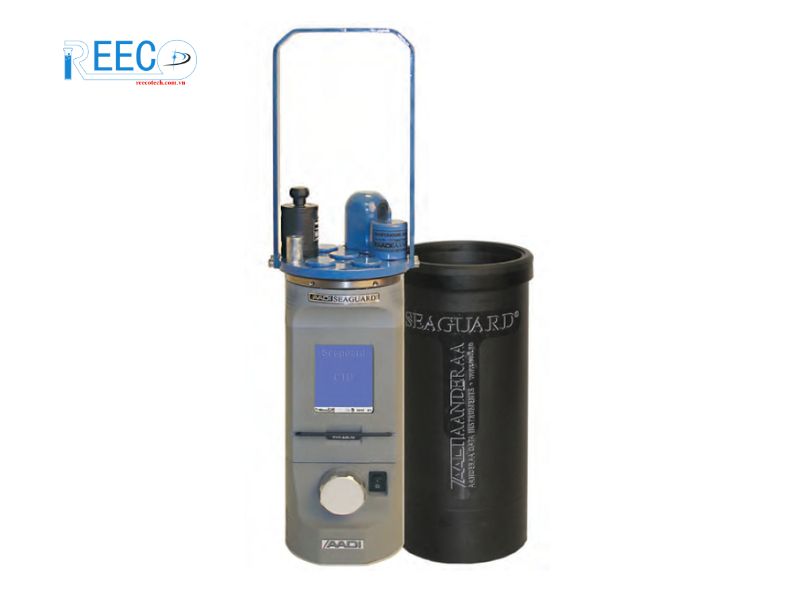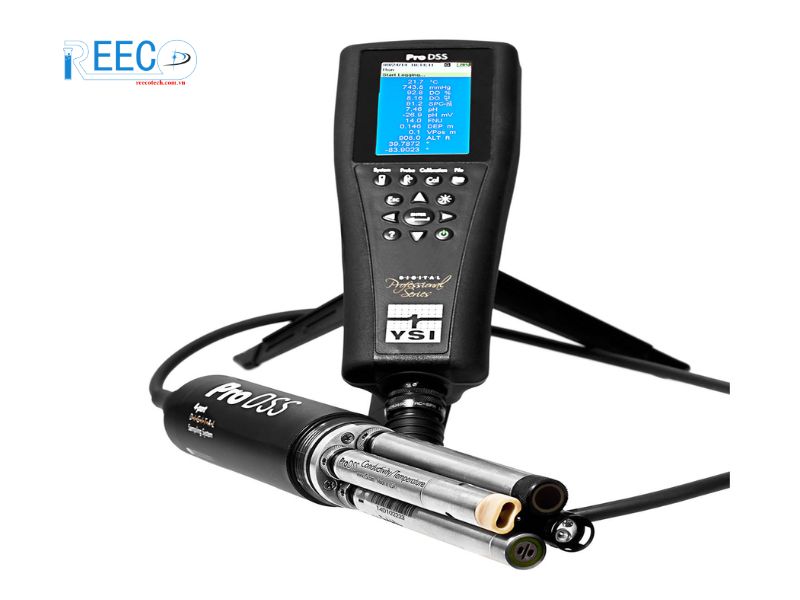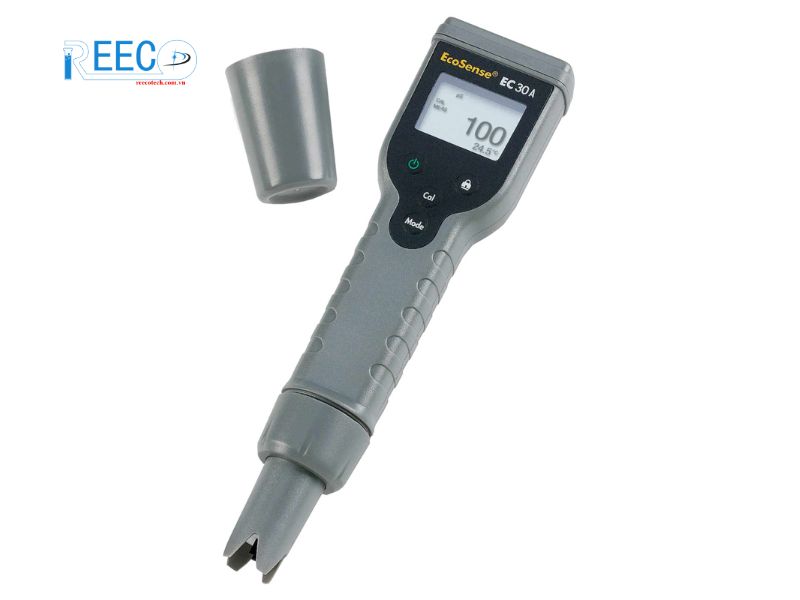Water is an extremely valuable resource, playing a crucial role in the lives of humans and other organisms. To ensure water quality for various uses, water quality assessment is essential.
One of the important indicators in assessing water quality is electrical conductivity (EC). In this article, we will explore the electrical conductivity of water and the best EC meters available today.
What is Electrical Conductivity (EC) of Water?
Electrical conductivity (EC) of water is a measure used to express the concentration of dissolved ions in a solution. The electrical conductivity of water refers to its ability to conduct electricity, heat, or sound.
The presence of ions in water is what causes its electrical conductivity. These ions are primarily metal salts such as KCl, NaCl, SO2-4, PO-4, NO-3. The higher the concentration of these ions, the higher the electrical conductivity of the water.
Electrical conductivity of water increases with temperature. As the temperature of the water rises, its conductivity also increases, and vice versa.
The EC of water is directly and closely related to the total dissolved solids (TDS) in the water. When salts dissolve in water, they form negatively charged (anions) or positively charged (cations) ions, affecting the water’s conductivity.
Electrical Conductivity (EC) of Water and Unit Conversion
Unit of Electrical Conductivity:
The unit of electrical conductivity (EC) is siemens per centimeter (S/cm). However, a value of 1 S/cm is quite high in practice, so most EC measurements of solutions are expressed in units of millisiemens per centimeter (mS/cm) or microsiemens per centimeter (μS/cm).
- mS/cm: This is equivalent to one-thousandth (1/1000) of S/cm.
- μS/cm: This is equivalent to one-millionth (1/1000000) of S/cm.
EC Unit Conversion:
- 1 mS/m = 10 µS/cm
- 1 dS/m = 1000 µS/cm
- mS/cm to dS/m = 1 or 1 dS/m = 1 mS/cm
- 1 µmho/cm = 1 µS/cm
Note:
- 1 S = 1 Siemens = 1 ohm^-1 = 1 mho.
- The program uses µS/cm as the default unit for EC.
Electrical Conductivity (EC) of Water According to Standards
| Water Type | Electrical Conductivity (µS/cm) |
|---|---|
| Pure Water | 0.055 |
| Filtered Water | 0.5 |
| Rainwater | 5 – 30 |
| Potable Water | 500 – 1000 |
| Groundwater | 30-2000 |
| Industrial Wastewater | ≥ 5000 |
| Seawater | 54 000 |
| Concentrated Acidic and Basic Solutions | Up to 1 000 000 |
Factors Affecting the EC Index in Water
The EC (electrical conductivity) index in water is an important parameter for evaluating water quality. A higher EC index indicates more contamination, which can be harmful to human health and aquatic life. Factors affecting the EC index in water include:
- Concentration and Number of Charges: The electrical conductivity of water is directly proportional to the concentration of charges in the water. The higher the concentration of ions in the water, the greater the conductivity.
- Mobility of Ions: The higher the mobility of the ions, the greater the conductivity.
- Oxidation-Reduction State of Water: Water with a higher oxidation state has greater conductivity.
- Concentration of Dissolved Salts: Conductivity is also proportional to the TDS (Total Dissolved Solids) index, which represents the total amount of dissolved solids in the water.
Additionally, the temperature of the water affects the EC index. The higher the temperature, the greater the conductivity.
Why is it Necessary to Test Water Conductivity?
There are several reasons to test the electrical conductivity (EC) of water, including:
- Determining Total Dissolved Solids (TDS): This measurement, also known as mineralization, helps control the hardness and turbidity of water.
- Monitoring Rapid Changes: Measuring conductivity allows us to detect quick changes in water quality.
- Estimating Sample Size for Chemical Analyses: Knowing the conductivity helps estimate the sample size required for various chemical tests.
- Determining Reagent and Chemical Amounts: Conductivity measurements help determine the amount of reagents and chemicals needed for water treatment.
Top 3 Best EC Meters for Water Conductivity
You can use EC meters and water testers to check the EC index in water. Here are the top 3 best EC meters available today:
YSI Pro30 Conductivity and Salinity Meter
The YSI Pro30 is a field device for measuring conductivity, salinity, pressure, TDS (Total Dissolved Solids), temperature, and other parameters. It is used in environmental, geological, food industry, and medical applications.
The YSI Pro30 can measure conductivity from 0 to 200 mS/cm, salinity from 0 to 70 ppt, conductance from 0 to 2000 μS/cm, TDS from 0 to 200 g/L, and temperature from -5 to 55°C. Additionally, the device can measure other parameters such as pH, dissolved oxygen, ORP (Oxidation Reduction Potential), and CO2 gas.
Designed for field use, the YSI Pro30 is compact and easy to carry and operate. It features a large, easy-to-read display, user-friendly control buttons, and can store up to 100 data sets.
YSI Pro2030 Salinity, Dissolved Oxygen, Conductivity, and Temperature Meter
The Pro2030 is a handheld device for measuring dissolved oxygen (DO), conductivity, salinity, and TDS, with automatic compensation for changes in salinity. It is designed to be simple, robust, and highly accurate.
The parameters it can measure include dissolved oxygen (DO), salinity, conductivity, total dissolved solids (TDS), pressure, and temperature.
Users can replace the probes and cables to meet various measurement requirements.
Conductivity, Temperature, and Pressure Logger – SeaGuard CTD
The SeaGuard CTD is a device for measuring multiple environmental parameters in both marine and freshwater settings. It is designed for continuous operation, recording salinity (via conductivity measurement), temperature, and depth (via pressure measurement) over long-term deployments.
Typical application areas include coastal circulation, climate research, and aquaculture. The SeaGuard CTD can also serve as a multiparameter platform for additional measurements.
YSI ProDss Multiparameter Water Quality Meter
The ProDSS (digital sampling system) multiparameter meter is an intelligent device that allows for rapid measurement of multiple water quality parameters simultaneously, both in the field and in the laboratory. It is utilized in various fields such as surface water monitoring, groundwater analysis, coastal/estuarine water assessment, and aquaculture.
The device is designed with 4 digital sensor ports, enabling accurate measurement of numerous fundamental parameters such as dissolved oxygen (DO), turbidity, conductivity, specific conductance, salinity, resistivity, total dissolved solids (TDS), pH, ORP, combined pH/ORP, ammonia, nitrate, chloride, temperature, and more, at various depths for reliable results. Users can select sensors according to their specific needs.
The instrument operates reliably in marine and tropical climate environments.

